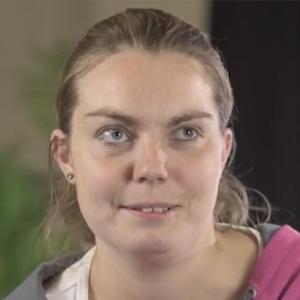
Hamish
"Instead of looking at it as "they have Aspergers" look at their strengths and weaknesses and the things that work and the things that don't... that should be applied to every student... like even the ones people would say are 'normal'"

Jessica
"I made lots of friends when I went to school. I liked hanging out with them and talking to them... at lunchtimes and morning tea. It was really quite fun to see what they had been up to and talk to them."
Labels can be helpful if I want to find out some information about the impairment a person has. This can help me to work out ways to communicate or to support a student’s learning and social interaction. The most important thing I can do as an educator is get to know someone, to start building connections with them. These connections can be supported through talking to the student themselves if possible, their family/ whānau, other staff who have taught the student and wider organisation supporting the student. Transition is very important. It allows us time to get to know someone well, their preferences for learning, how to communicate with each other, the things that might make learning more difficult etc. Transition can help us look past a label to see what a child loves in their learning and their world.
The following resource describes how one school has made sense of transitioning children from one setting to another in a positive way.
Read the following post “What’s in a name?”.
1. What are some of the unintended consequences of the language we use in our everyday lives?
2. How can we be more aware of these?
“There is no greater disability in society than the inability to see a person as more.”
Robert M Hensel
Watch Hamish’s film. Hamish talks about how we are all born differently. We all have different strengths and weaknesses. Rather than rely on a label to identify him he asks that educators take the time to get to know him as a person before they teach him. That is not to say that he doesn’t recognise himself as having Aspergers. He just wants people to get to know him and not to assume he has the same needs, characteristics and strengths as another person with Aspergers. He suggests that once a teacher knows you and you know them you can work out how to learn together.
1. How can you see Hamish’s ideas working in your school?
2. What are other ways he thinks we can work together to make our schools more inclusive?
“Everybody is a genius, but if you judge a fish by its ability to climb a tree, it will live its whole life believing that it is stupid.”
Albert Einstein